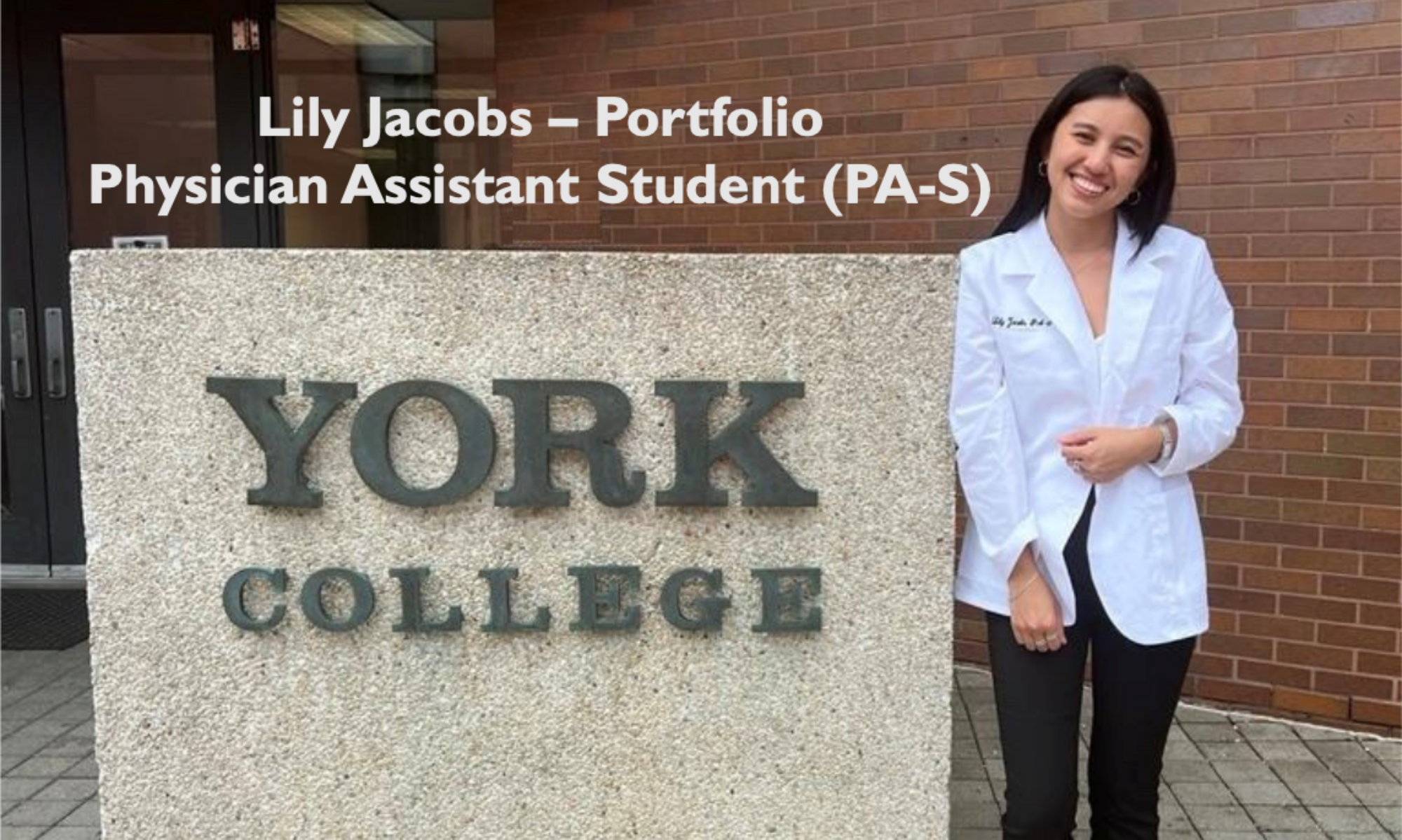My PANCE exam is set for early February, giving me approximately 8 weeks to prepare. The question banks that were most beneficial during my clinical year and that I intend to stick with for the PANCE are Kaplan, Rosh, and UWorld. After assessing my performance evaluations and my Clinical PACKRAT scores, I’ve identified my weaker areas to be Endocrine, Hematology, Infectious diseases, and MSK. While focusing on these subjects, I aim to also strengthen my confidence in lab and diagnostic imaging skills, along with mastering third-order questions.
I find that completing practice questions is the most effective way for me to learn. My goal is to tackle at least 100 questions daily in the specific subject I’m focusing on that day. I plan to utilize SmartyPance and PANCE Prep Pearls as knowledge resources. In preparation for the EOC exam, I’ve been working on enhancing my testing endurance; however, I did experience some fatigue towards the end of the fourth section and therefore, in preparation for the PANCE, I intend to gradually increase from 120-question timed tests per week to 240 questions and then to 300 questions.
Given that Cardiology and Pulmonology constitute the highest percentage of the test, I will allocate more dedicated time to those subjects, supplementing with smaller reviews throughout the eight weeks. Consistent exposure to various conditions and question types is crucial to me for better retention, especially for material covered early in my study period. I plan to cover 2 topics per week with a 120-question test on those two specific topics followed by a 240 test the next day on all the topics covered thus far. In the final 1-2 weeks leading up to the exam, I intend to focus on comprehensive reviews, creating mixed-subject tests, and completing timed tests ranging from 240 to 300 questions.
 Loading…
Loading…


